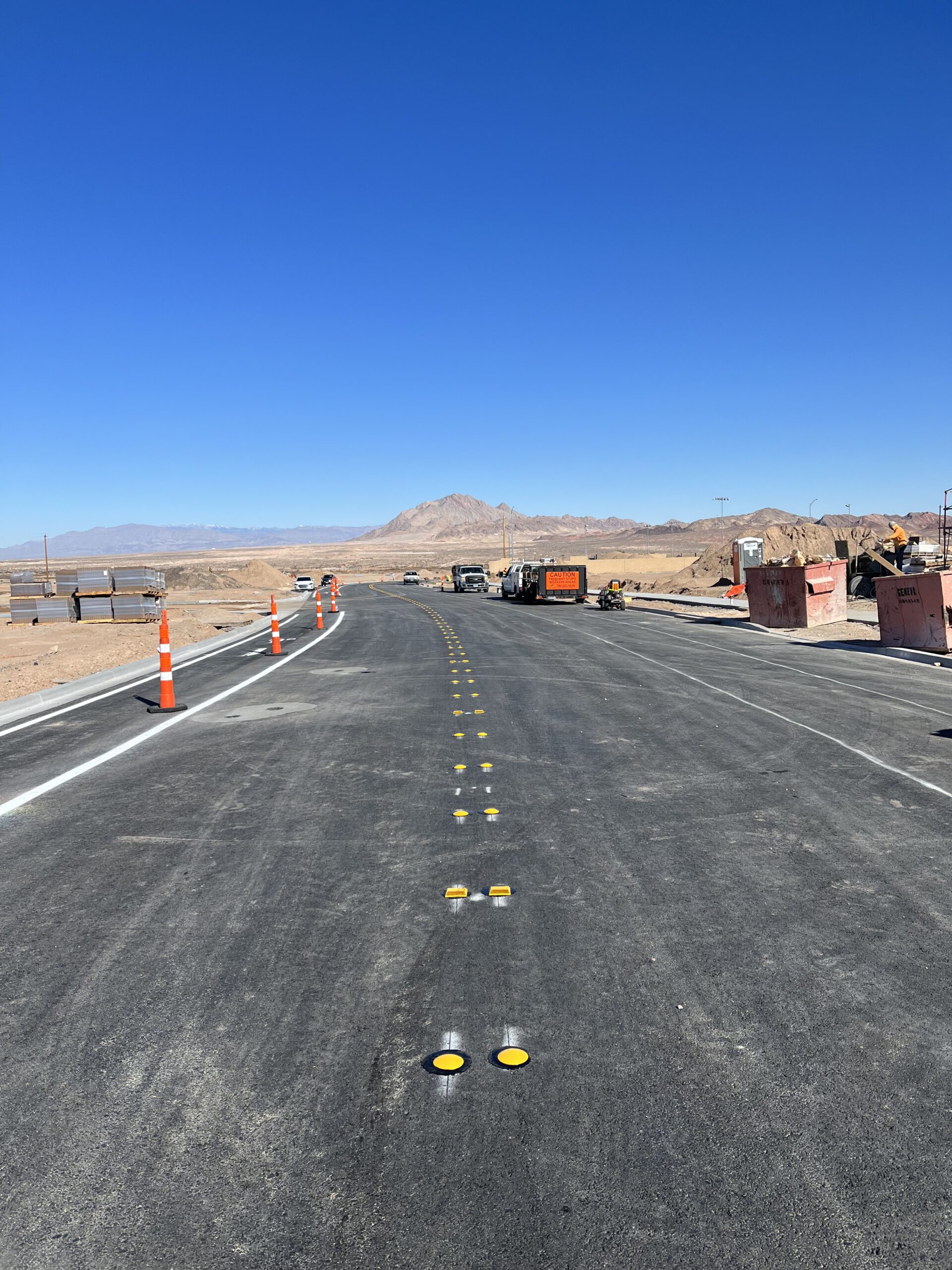
A Comprehensive Guide to Nevada Road Markings and Signs
 Believe it or not, when automobiles first began growing in popularity, very few roads had any type of signs or markings, and almost none of them were found outside of major cities. The early attempts at marking and signage were a hodgepodge of ideas that were seemingly created at random by a variety of private citizens and assorted local agencies. Today, Nevada road markings and signs have become much more standardized, but they can still require a bit of information to interpret them correctly.
Believe it or not, when automobiles first began growing in popularity, very few roads had any type of signs or markings, and almost none of them were found outside of major cities. The early attempts at marking and signage were a hodgepodge of ideas that were seemingly created at random by a variety of private citizens and assorted local agencies. Today, Nevada road markings and signs have become much more standardized, but they can still require a bit of information to interpret them correctly.
What Are the Most Common Road Markings?
The most common road markings are solid stripes, arrows, and broken lines. Most road markings in Nevada will be either yellow or white, and the paint color can provide additional information.
1. Solid stripes that run parallel to the flow of traffic generally represent a dividing line that drivers should not cross. Solid white lines along the edges of the pavement can mark the shoulders of the road or define the separate lanes of traffic. Solid yellow lines serve a similar purpose, but they emphasize the importance of not crossing them much more strongly than white lines.
2. Broken white lines typically mark the boundaries of lanes where traffic is moving in the same direction. These are the type of lines that a road marking company will usually paint on interstates and other divided highways with multiple lanes of traffic.
3. Road marking companies often paint yellow lines on thoroughfares with two-way traffic. For example, a two-lane rural highway may have dotted yellow lines to indicate that passing is allowed, or it may have two solid yellow lines to indicate that no drivers are allowed to pass. A combination of a solid yellow line and a dotted yellow line means that only the drivers in the lane containing the solid line are not allowed to pass.
4. Traffic arrows indicate whether drivers may turn left, go straight, or turn right. Generally, traffic arrow road markings in Las Vegas are painted white. If it is mandatory for drivers to follow the direction of the traffic arrow, road marking contractors will normally include wording to that effect.
What Are the Most Common Signs Used With or Without Markings?
Roadway signs may be used on their own, or they may be components of road markings. One example of the latter would be a railroad crossing with a pavement marking and a sign. One example of the former would be a speed limit sign. Here are some more details about road signs.
1. The color of the signs can indicate the type of information they contain. Red indicates a prohibition, so it is used for stop signs as well as certain signs barring entry or demanding drivers to yield. Yellow signs are normally used to convey a warning message, while orange signs are typically reserved for use in work zones. Signs with white backgrounds are conveying regulatory information, green signs provide navigational information, and blue signs are used to mark evacuation routes and provide information about services and amenities.
2. The shape of a sign can alert drivers to the type of information the sign conveys. Stop signs are octagonal, yield signs are inverted triangles, and circular signs denote railroad crossings. Signs that are square or rectangular normally convey information about traffic regulations. However, if the longer direction of a rectangular sign is horizontal, the sign may be informational. Signs that are shaped like diamonds carry warnings.
To learn more about traffic signs and road markings in Las Vegas, contact Affordable Striping & Sealing. In addition to road markings, we offer parking lot striping, traffic signage, parking lot layout, sealcoating, parking lot maintenance, and asphalt crack repairs. We have an exceptional reputation for integrity, service, professionalism, and craftsmanship. Contact us for a free quote by filling out our online form, calling 702-222-9009, or emailing Vegas@AffordableStriping.com.




0 comments
Write a comment